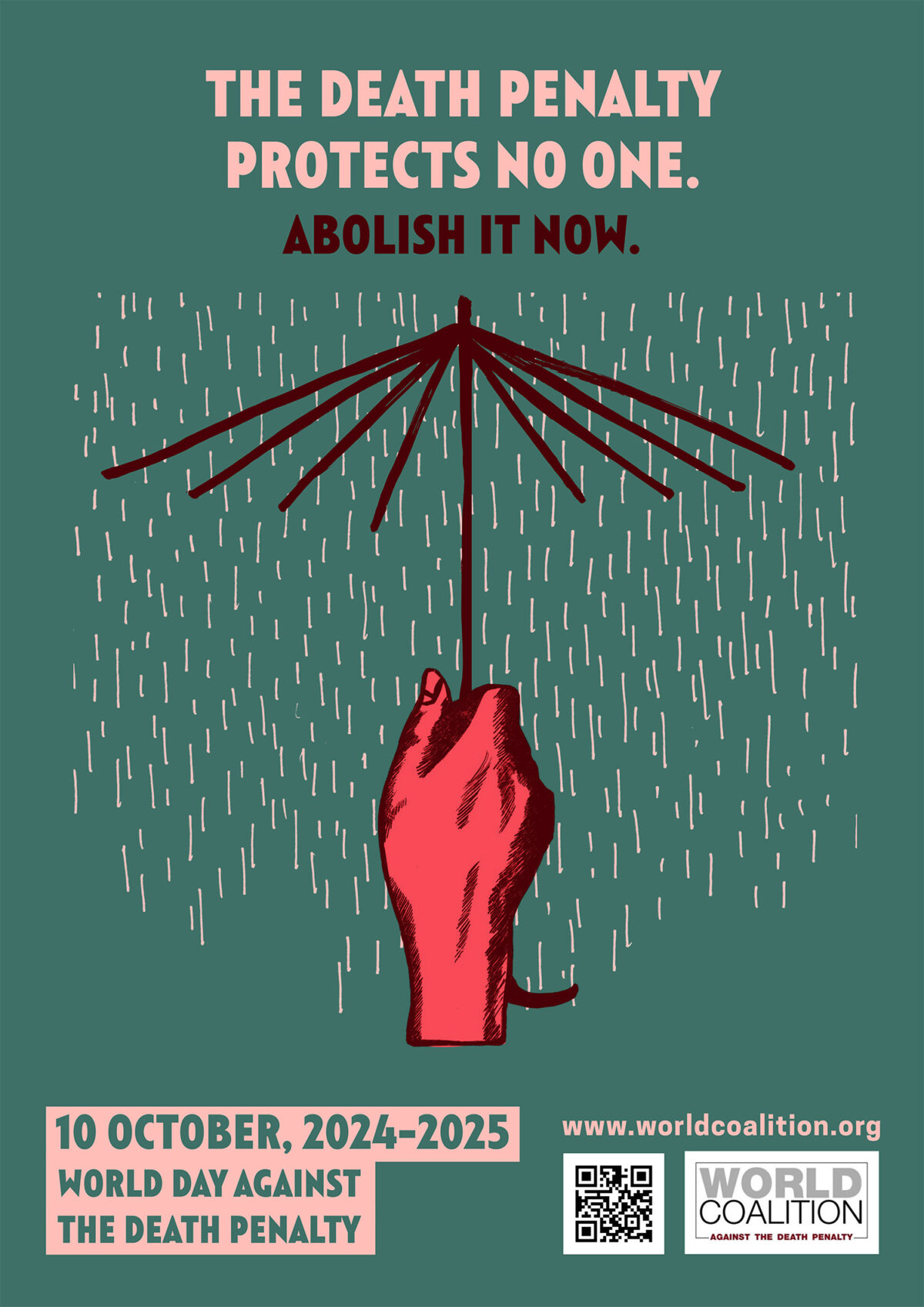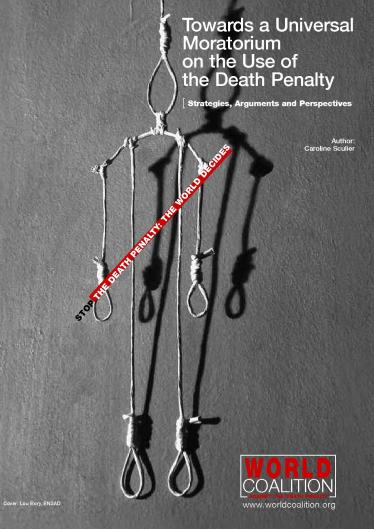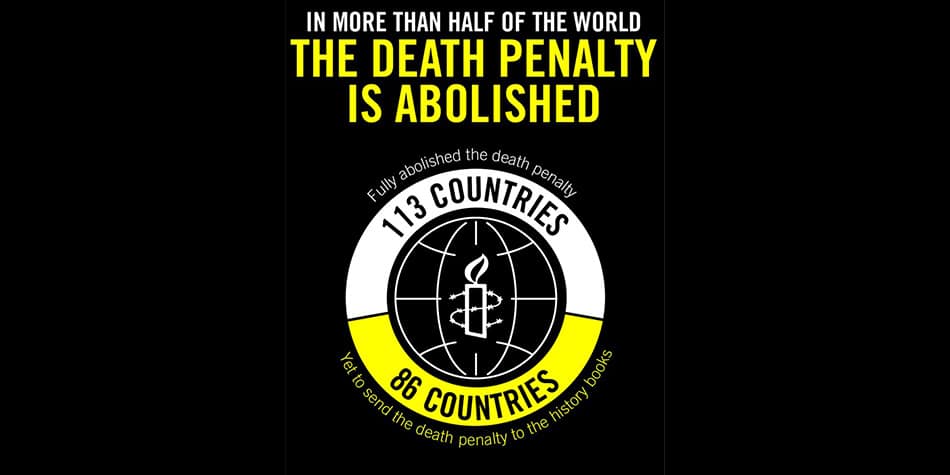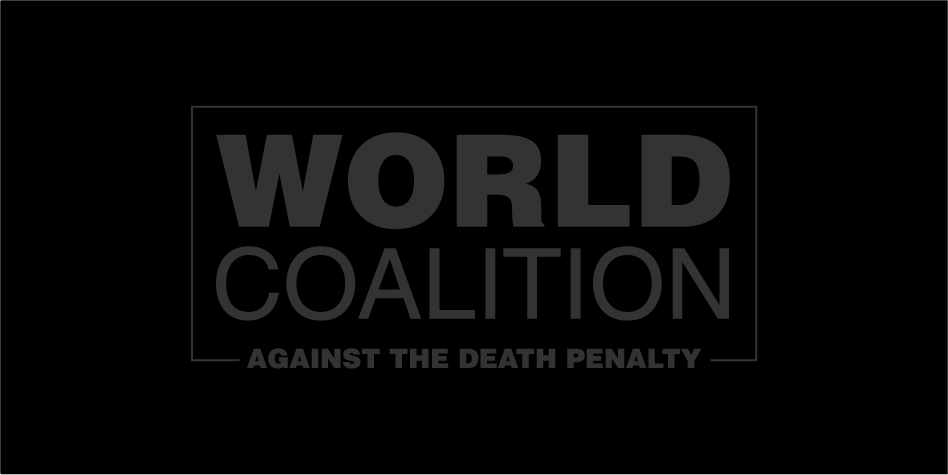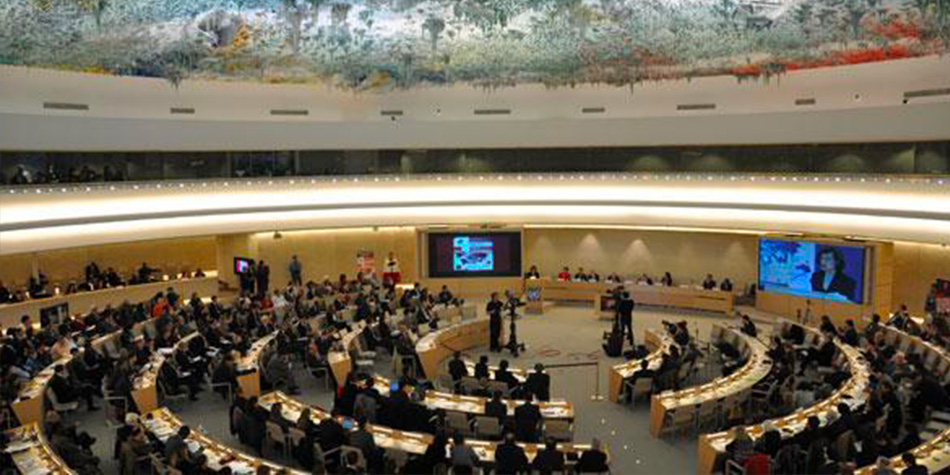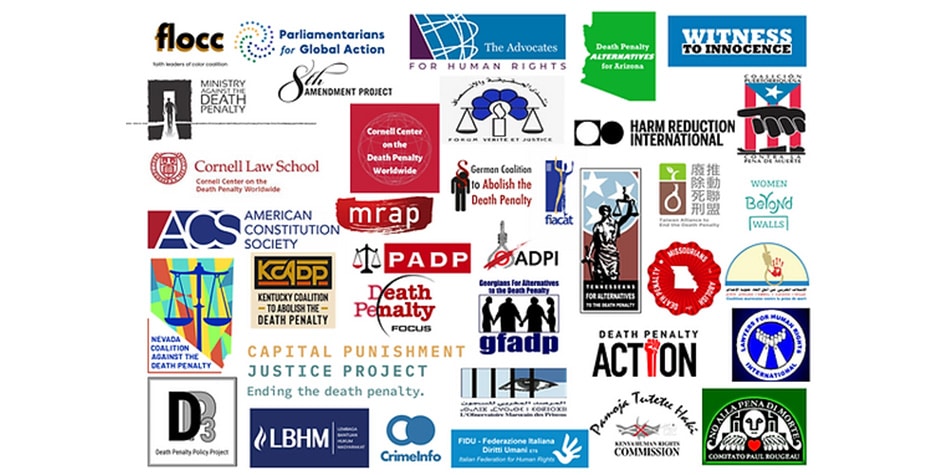Opportunity to end US lethal injections
Abolition
“Excessive bail shall not be required, nor excessive fines imposed, nor cruel and unusual punishments inflicted”: the Eighth Amendment to the US Constitution has been crucial in securing the current de facto moratorium on executions in the country.
On October 30, the Supreme Court stayed the execution of Earl W. Berry just before he was scheduled to receive a lethal injection in Mississippi. This is an indication that it will block all executions until it has examined the questions raised by two other death row inmates, Ralph Baze and Thomas C. Bowling, about the consitutionality of the lethal injection method – the only mandatory one in the US.
The lawyers for the two Kentucky men argue that “the chemicals or procedures used in lethal injections constitute cruel and unusual punishment in violation of the Eighth Amendment to the United States Constitution“.
Although they are not challenging the legitimacy of capital punishment itself, they have given American abolitionists a new opening to bring the death penalty under scrutiny.
Vendla Meyer, a member of Amnesty International and ECPM, said: “The hearings at the US Supreme Court in January will bring to public notice exactly what happens during a lethal injection. There will presumably be doctors, scientific experts, prison officials, witnesses from up and down the country. The slapdash methods presently applied in different states, the secretive protocols ineptly carried out will come to light.”
Even if the case does not lead the Supreme Court to ban lethal injections, it is an opportunity to expose the gruesome reality of capital punishment. This is crucial in the US where, according to Vendla Meyer, people support the death penalty “because they view it as an abstract issue“.
Jonathan Groner, a surgeon at Nationwide Children’s Hospital in Colombus, Ohio and anti-lethal injection campaigner, also hopes that “people will realise that during this de facto moratorium, the crime rate does not rise“.
Medics should “stay away” from execution rooms
As a physician, he thinks that medics could do a lot to help bring about the end of lethal injections.
A doctor’s presence is always required to perform an execution, if anything else to pronounce the person dead. “There is no need to protest, if we just stayed away, there would be no executions in the US“, Jonathan Groner said.
Physicians, who take a personal oath to heal and not to kill when they enter the profession, are also requested by their professional organisations to refuse participation in executions. The International Council of Nurses even urges its members to “lobby for the abolition of the death penalty“.
However, Jonathan Groner has noticed that most American medics are not aware of those guidelines. “There is a need for a wide campaign to publicise them, and for peer pressure to make sure that no doctors, no nurses take part in executions“, he said.
He cited the case of a surgeon in Missouri who assisted in many executions and whose name was made public. “They could not find anyone to replace him“, he said. In California, professionnal organisations have publicly called on their members to stay away from execution rooms.
Jonathan Groner also criticised the participation of doctors in the elaboration of so-called “humane” execution protocols. “If you go back in history, the Nazis got doctors involved to execute physically and mentally disabled citizens, the guillotine was developed to kill people more “humanely”… But those methods were used inhumanely: they were an excuse for the execution of people who should not have been executed.“


